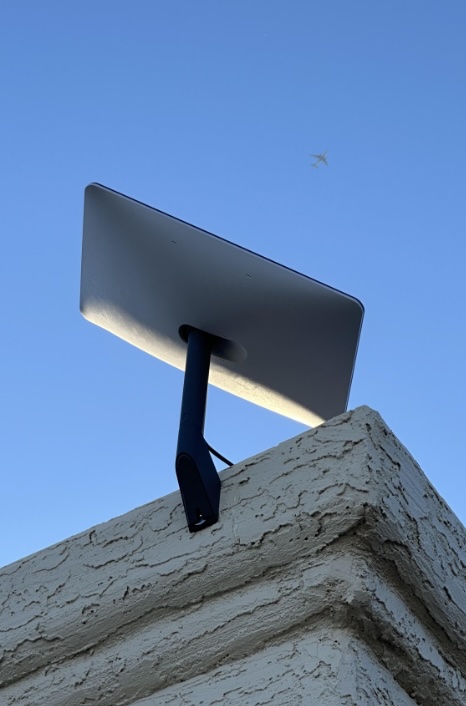In the rapidly expanding universe of internet connectivity, Starlink, a satellite internet service provided by SpaceX, has emerged as a game-changer for many. Its mission to provide high-speed internet across the globe, especially in underserved areas, has both intrigued and confused potential users about its best applications. This comprehensive look aims to demystify when it […]
Tag: VoIP
Benefits of IP Passthrough
In the complex world of internet configurations, users often grapple with challenges, especially when combining their Internet Service Provider’s (ISP) router, or a cellular router, with a personal router. Enter a common hurdle known as “double NAT,” which can cause disruptions in applications such as Voice over IP (VoIP) and VPNs. However, a solution exists: […]
The Evolution of Telecommunications: Bid Farewell to POTS Lines
In an era marked by rapid technological advancement, the familiar ring of a traditional copper wire telephone line, known as Plain Old Telephone Service (POTS), is gradually fading into the past. These legacy POTS lines, once the backbone of communication, are facing a phased-out future due to their aging infrastructure and diminishing usage. As their […]
How Much Data Do I Need for My Business?
You may already know that streaming video eats up a lot of data, but what about the important applications you use for business? In this article, we’re going to address some common application types and look at how much data and bandwidth they will require. VoIP Like most things, the higher the quality of the […]



